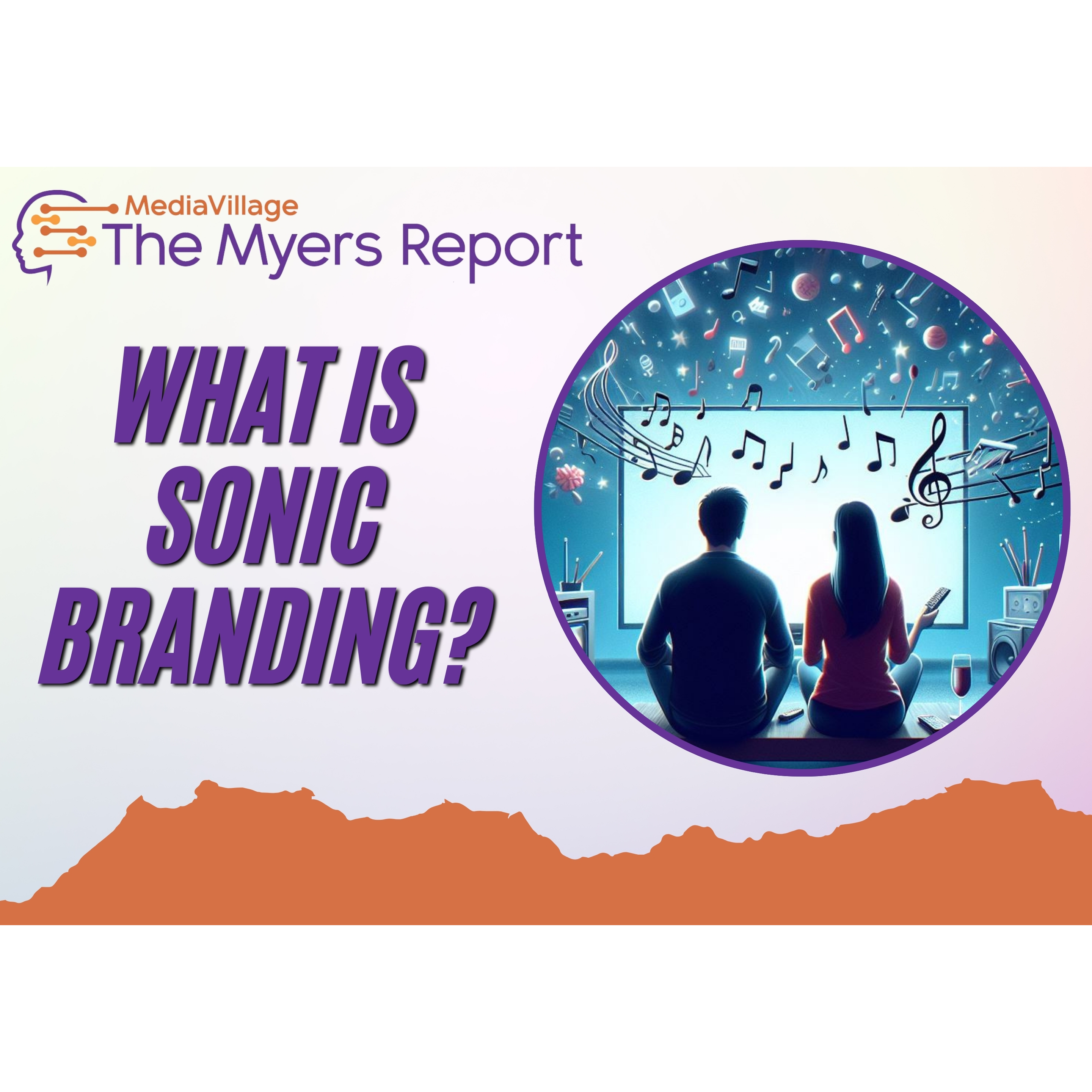What is Sonic Branding?

The #2 question asked by industry professionals, when confronted with a list of 25 marketing topics and asked to rate their knowledge, is 'what is sonic branding?' Even among professionals responsible for audio/radio/podcasting related roles, only 2.5% could "lead a conversation," 20% have "basic knowledge," and 77% say they would "require the cliff notes." For context, the only topic on which there is less knowledge is ATSC 3.0/Next Gen TV. So, here's a brief tutorial to answer the question What is Sonic Branding?
Sonic branding, also known as audio branding or sound branding, refers to the strategic use of sound to reinforce brand identity in the minds of consumers. This technique leverages the power of audio cues to trigger emotional responses, enhance recall, and build a stronger connection with audiences. Sonic branding can encompass a variety of sound elements, such as jingles, voice, and specific audio motifs that become synonymous with a brand.
How Sonic Branding is Used Effectively
- Consistency: Just like visual branding, sonic branding requires consistency. Regularly using the same sound or melody across all media platforms helps solidify the brand's identity in consumers' minds.
- Emotional Connection: Sound can evoke emotions more directly than visuals alone. A well-chosen sound can convey values such as trust, excitement, or comfort, depending on the brand's objectives.
- Memorability: Audio elements can be highly memorable and easily recalled. This recall helps brands remain top of mind in purchasing decisions.
- Differentiation: In crowded markets, having a distinctive sound can set a brand apart from its competitors, offering a clear audio cue that instantly identifies the brand.
- Enhanced Experience: Sonic branding can enhance the user experience on digital platforms, in commercials, and even in physical stores, creating a cohesive and immersive brand atmosphere.
Examples of Effective Sonic Branding
- P.C. Richard & Son: A notable example is the whistle that plays following strikeouts by New York Yankees and Mets pitchers in baseball games. This sound acts as a powerful trigger for local audiences, reinforcing the brand's association with these popular teams.
- NBC Chimes: One of the most iconic examples of sonic branding is the NBC chimes. These three notes (G, E, C) have been used since the 1920s and are instantly recognizable as the audio logo of the network, conveying a sense of tradition and reliability.
- CBS Sunday Morning: The show features a distinctive trumpet sound at the beginning, which not only sets the tone for the program but also acts as a weekly audio cue that connects viewers emotionally to the comfort and reliability of the show's content.
- Intel: The "Intel Inside" bong is another classic example. This short, melodic sound played at the end of commercials serves to reinforce Intel's presence in computers and other technological devices.
- McDonald's: The "I'm Lovin' It" jingle is one of the most famous examples of sonic branding in advertising. Introduced in the early 2000s, this jingle is catchy and has become synonymous with the McDonald's brand worldwide.
- T-Mobile: The T-Mobile jingle is a simple, catchy melody that plays at the end of their commercials. The sound is designed to be upbeat and youthful, aligning with the brand's image as a dynamic and accessible mobile carrier.
- Windows Startup Sound: Microsoft Windows is known for its distinctive startup sound that plays when the operating system boots up. Each version of Windows has had its own unique sound, which not only signals the system's readiness but also reinforces the Windows brand as a household computing platform.
- Nokia Tune: The Nokia ringtone, originally named "Grande Valse", is possibly one of the most recognized ringtones in the world. This simple, catchy melody became synonymous with mobile phone calls worldwide during the late 1990s and early 2000s, cementing Nokia's image as a leading mobile phone manufacturer.
- PlayStation Startup Sound: The original PlayStation console featured a distinctive startup sound that has become iconic among gamers. This sound, which blends futuristic and orchestral elements, sets the stage for a high-tech gaming experience and is immediately identifiable with the PlayStation brand.
- Southwest Airlines Ding: "You are now free to move about the country." This tagline is often followed by a simple, bright-sounding ding. This sound is used in Southwest Airlines' commercials and onboard announcements, reinforcing the brand's image as a friendly and customer-oriented airline.
- HBO Sonic Branding: HBO's sonic branding is instantly recognizable and consists of a static sound followed by a serene musical note. This audio sequence typically precedes HBO's original programming, setting a tone of anticipation and quality. The static noise symbolizes the transition from the mundane into the captivating world of HBO's storytelling, while the subsequent tranquil tone ushers in the viewer with a sense of exclusivity and high production value. This sound effectively reinforces HBO's brand as a premier provider of top-tier entertainment.
- YouTube TV Sonic Branding: YouTube TV utilizes a sonic brand that plays upon opening the app, featuring a vibrant and brief musical flourish. This sound is upbeat and modern, reflecting YouTube TV's identity as a dynamic and accessible streaming service. The audio logo is designed to convey a sense of immediacy and connectivity, aligning with the brand's emphasis on providing a wide array of live and on-demand content seamlessly across devices. This sonic cue enhances user engagement by creating a welcoming and energetic atmosphere right from the start.
These sonic brands have become so effective that they often require just a few seconds of audio to evoke the entire brand identity in the listener's mind. These examples demonstrate how effectively sonic branding can be utilized to enhance brand recognition, evoke emotional responses, and distinguish a brand in the market. By integrating sound into their branding strategies, companies can create more dynamic and memorable brand identities.


